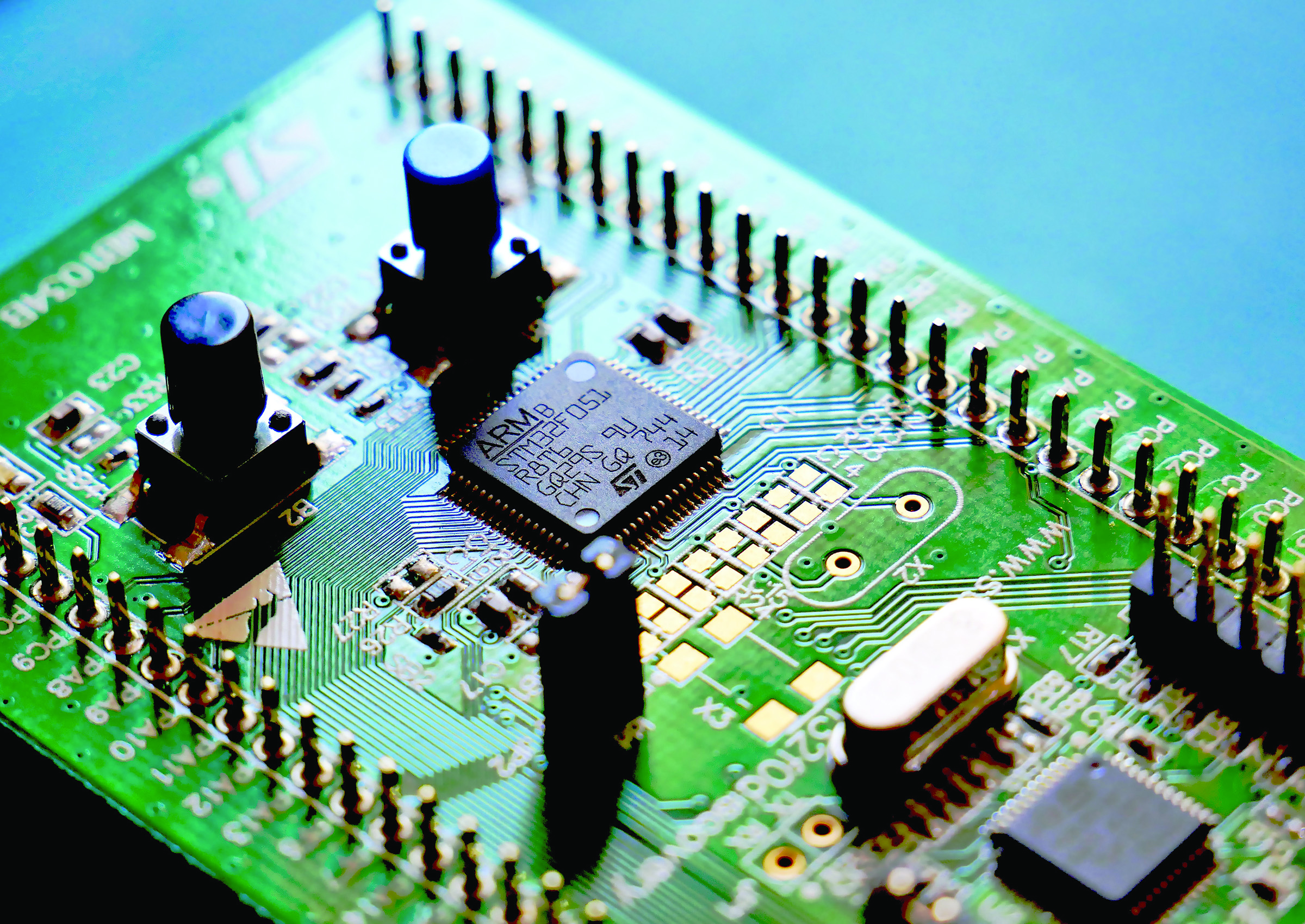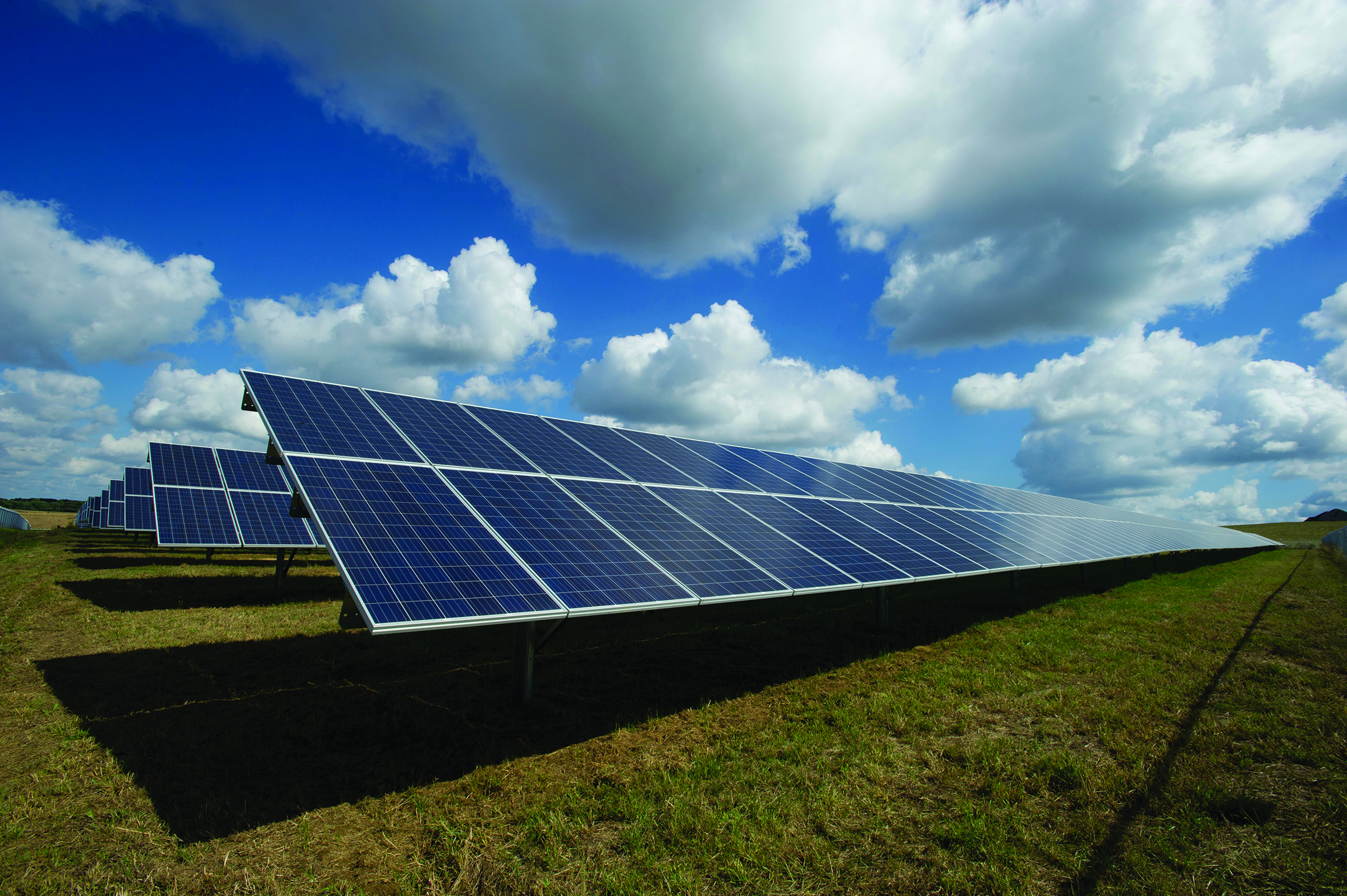You’re Not Limited to Physics and Astronomy
Fall
2023
Feature
You’re Not Limited to Physics and Astronomy
More Fields to Explore
By:Ben Perez, Contributing Writer
Did you know physics and astronomy majors are often qualified for master’s and PhD programs in other fields? This isn’t a comprehensive list of them, but it should get you thinking more broadly about your options.
Acoustics and acoustical engineering deal with sound and vibrations. People in the field work on designing, analyzing, and controlling sound for applications such as noise dampening, ultrasound imaging, underwater communication, audio productions, and aircraft design. Learn more from the Acoustical Society of America, acousticalsociety.org.
Aeronautics and aerospace engineering encompass the subject of how objects move through the air. Most typically the fields are associated with planes, satellites, and spacecraft, but they also play an integral part in the design of products ranging from cars to golf balls to defense equipment.
Biophysics is the study of biological phenomena using physics approaches and methods. People in this field often analyze and interpret data from molecular and organism studies for medical applications, industrial applications, or basic research. Biophysics often overlaps with fields like physical chemistry, bioengineering, computational biology, and nanotechnology.
Computer science focuses on designing or using hardware, software, or software systems to solve problems—skills common among physics and astronomy majors. Computer scientists work in areas such as artificial intelligence, cybersecurity, hardware and software design, and data analysis.
Data science uses statistics, algorithms, and the scientific method to gain insights from unstructured or complex data sets. Data scientists often write and develop code. This path may be a good option for students with programming skills who are interested in machine learning, artificial intelligence, and statistics.
Earth science relates to how and why the earth functions the way it does. The field encompasses geology, oceanography, atmospheric science, climate change, and more. Programs may be standalone (e.g., oceanography) or fall under an earth sciences umbrella. Earth scientists work in areas like alternative energy, environmental science, mining, and civil engineering.
Energy science includes the renewable and nonrenewable forms of energy we use for power generation. If you want to develop more sustainable and cost-effective ways to produce or store energy, this may be the field for you. Grad degree programs are offered in many areas: renewable energy, sustainable energy, energy engineering, nuclear engineering, energy technologies, petroleum engineering, and others.
Materials science and engineering is a broad discipline that seeks to understand materials and engineer them to exhibit certain characteristics for various applications. Materials scientists work in areas from semiconductors to nanotechnology, 3D printing, and everything in between.
Mechanical engineering is the study of physical machines and motion. Mechanical engineers design machines or analyze their movement and forces to optimize the system for functionality, aesthetics, or manufacturability. Career areas range from automotive to aerospace to robotics.
Medical physics aims to prevent, diagnose, and treat human diseases using physics applications. Medical physicists work in areas like medical imaging, radiotherapy for cancer treatment, cardiology, and medical research. To learn more, check out “Pathways to Medical Physics” from GradSchoolShopper at GradSchoolShopper.com/pathways-to-medical-physics.html.
Optics and photonics explore the fundamental properties of light and how to utilize them for practical applications. People in optics and photonics commonly work in communications (e.g., optical fibers), medicine (e.g., imaging techniques), displays (e.g., cell phone screens), and sensor design (e.g., monitoring environmental conditions or contents). Learn more from Optica, optica.org.


